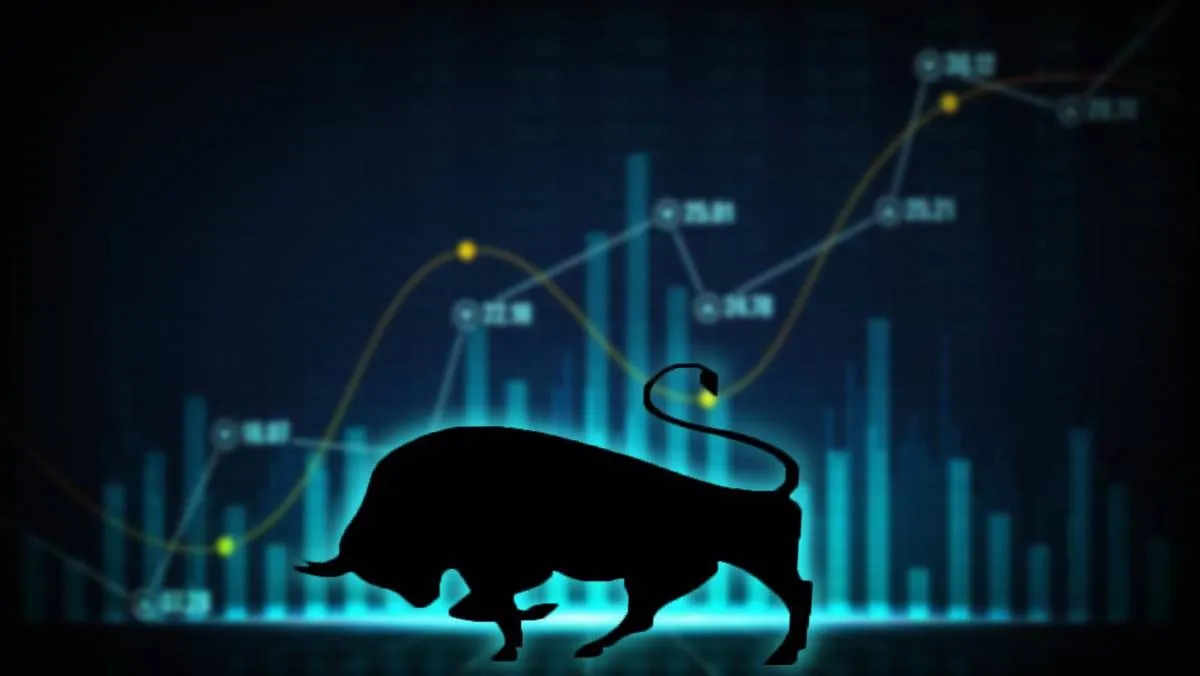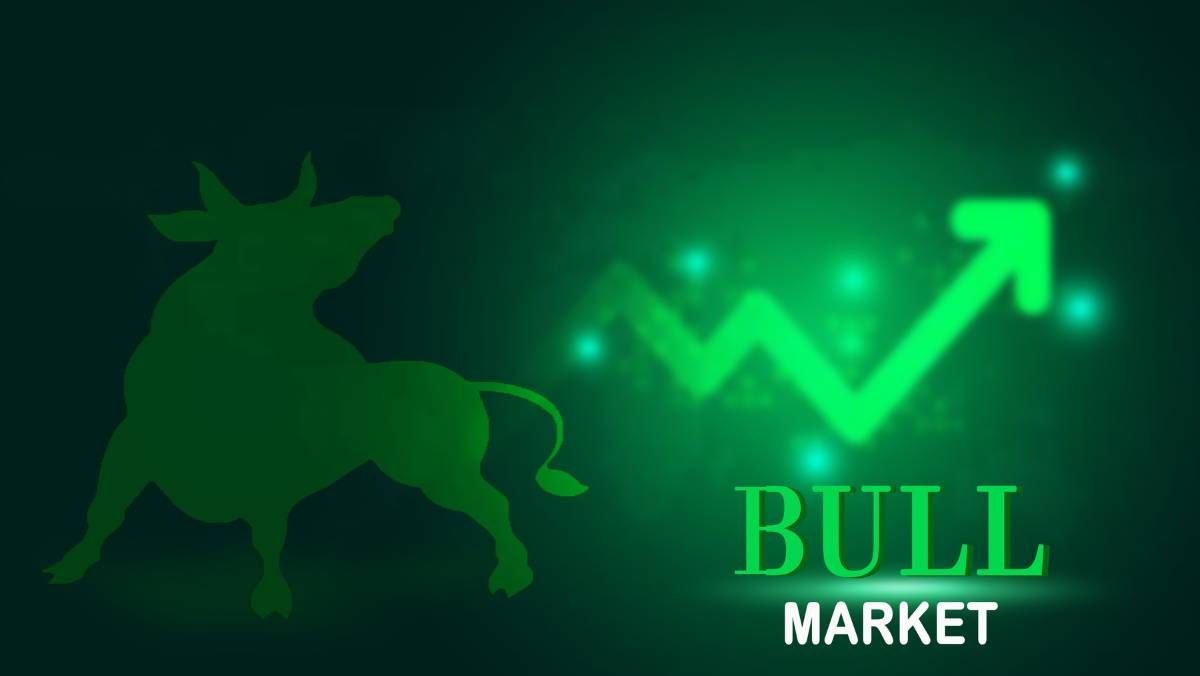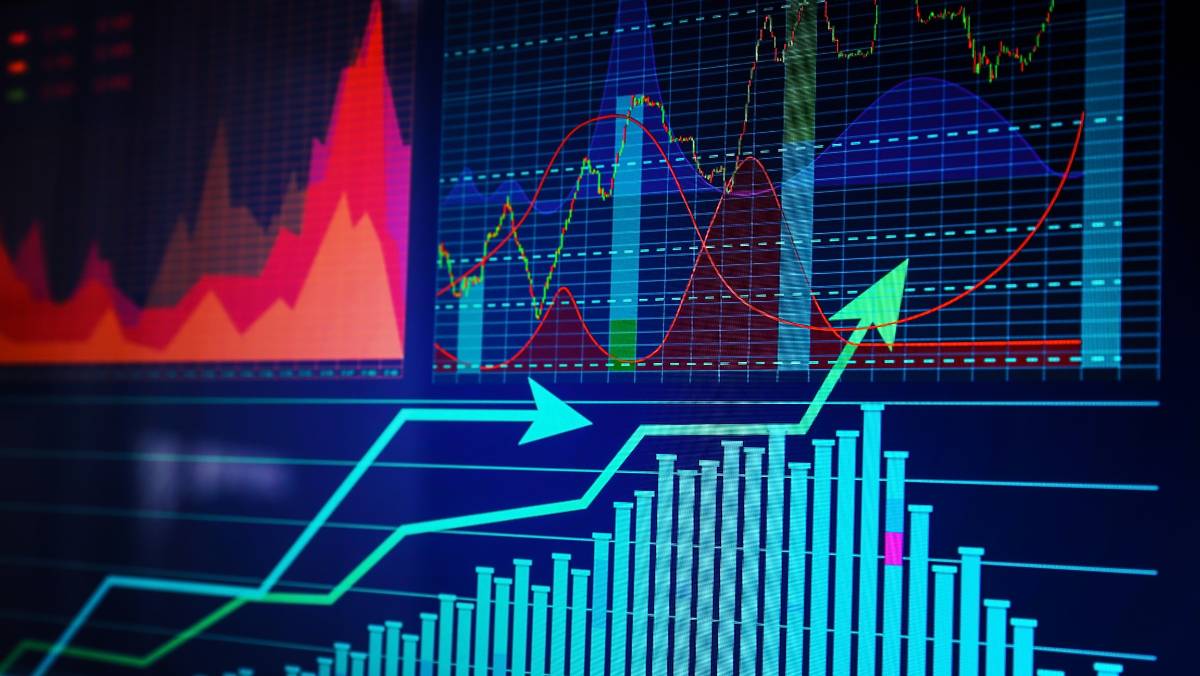Wednesday Jul 12 2023 10:40

12 min
When you start trading, you’ll begin to hear other traders throw around the terms ‘bull market’ and ‘bear market’.
If you don’t know what they mean, don’t worry!
We’re going to go through both in this 2-part guide. Starting with ‘bull markets’…
A bull market is, simply, a market in which asset prices are mostly going up.
In other words, bull markets are normally a good thing for investors and traders!
When you hear people talk about a bull market on the news or in the press, they’ll usually be talking about the stock market, but you can have a bull market in virtually any tradeable asset:
For obvious reasons, a bull market can be very profitable for traders if they understand how to take advantage, and know what the potential pitfalls can be.
What should you expect in a bull market?

Traders move market prices by buying and selling. And what they buy and sell tends to result from how they feel about market conditions right now.
If traders are feeling optimistic about stocks, or any other asset, they’re more likely to trade them. And the more they trade them, the higher the assets in question move in price.
This means that in your average bull market, traders tend to be more confident and optimistic.
Most bull markets – especially those in stocks – are backed by a strong economy.
It’s logical enough when you think about it. A strong economy means people are more likely to spend money, so sales tend to go up.
As a result, companies become more profitable, and their improving performance makes them more appealing to traders.
When traders are optimistic, they’re more likely to trade. This is human nature, of course. If the markets are doing well, and your fellow traders are all making money, you’ll want to join in.
(Vice versa, if markets are down, you’re more likely to want to stay in cash until things improve.)
A stronger economy usually means that people simply spend more. In the high street. At pubs and restaurants. On foreign holidays. You name it!
Increased spending over time builds up company performance, which again makes traders and longterm investors more confident.
When the economy is strong and investors are confident, you’ll usually see more companies going public through IPOs. (Initial Public Offerings.)
This creates more opportunities for trading, and again it makes sense. Companies will obviously want to IPO when traders are feeling optimistic, as it increases their chance of raising more.
There are actually a few assets that tend to do worse in bull markets, and better when prices are down.
These are known as ‘safe haven’ assets, and most traders consider them a ‘safer’ option during times of crisis.
The 3 most common ‘safe haven’ assets are:
Note: Past performance is not indicative of any future results. This information is provided for informative purposes only and should not be construed to be investment advice.

As we’ve already covered, bull markets largely mean asset prices go up.
This means that traders targeting profits from a bull market will largely open ‘long’ positions. That is, positions that speculate asset prices will go up.
(The alternative being a ‘short’ position, which will speculate that the price will go down.)
In bull markets, the earlier you recognise when an asset is going to increase in price, the biggest the potential reward.
Typically, the traders who get into big trends earliest will reap the biggest rewards. (Though this isn’t guaranteed.)
Of course, learning to spot profitable trends early isn’t easy. If it was, everyone would do it.
But if you want to be a successful trader, it’s definitely a topic you should put a lot of time and effort into studying.
Make a note of this:
In the middle of a bull market, with prices going up and traders everywhere making profits, it’s very easy to get over-confident.
The crypto crash of 2022 was a prime example. A lot of crypto traders saw massive losses because rather than take profits, they kept piling money in, refusing to believe the bull market was over.
As one trader put it, “I had built every dream I had on there. So, when it came crashing down, my whole life came crashing down.”
Crypto is obviously an extreme example, but it does re-iterate the point that bull markets don’t last forever, and that in some cases in can be better to take profits when they’re on the table rather than staying in too long.
Successful trading is about discipline. It’s about having a trading strategy mapped out and following the rules of that strategy, with no exceptions.
It’s important to emphasize that last point, because in the height of a bull market, it can be very easy to drop your discipline.
Traders start to take bigger positions… or trade on stocks that don’t meet their system’s specific criteria.
In other words, they start to gamble.
Psychologically, this makes sense. If everything’s going up, you can take more risk, right?
Don’t be fooled.
Traders can still lose a lot of money, even in the hottest bull markets.
Take a look at this chart of Apple stock, which tracks the share price from the end of the Covid-19 lockdown crash to the start of 2022.

To say the least, this is a powerful bull market run, with the share price increasing by around 200% overall.
But, as you can see, it’s not a consistent run. During this period, there were several strong corrections.
Had you traded short-term, at the wrong time, you could have lost money even when the stock was – overall – skyrocketing in price.
This is why it’s important to maintain discipline and keep to your trading strategy, even in the most optimistic periods of a bull market.
A bull market is simply a market when assets are largely going up in value, especially over the medium-to-long term
‘A bull market’ usually means a bull market in stocks, but you can have a bull market in other assets such as gold, currencies, property (and more)
Key characteristics of a bull market can include high trader confidence, high consumer spending, a strong economy, a higher number of IPOs
Key things to remember when trading a bull market are to try and get into trends early, to prioritise long trades, to always maintain your discipline, to take profits where you can and to remember that losses will still happen.